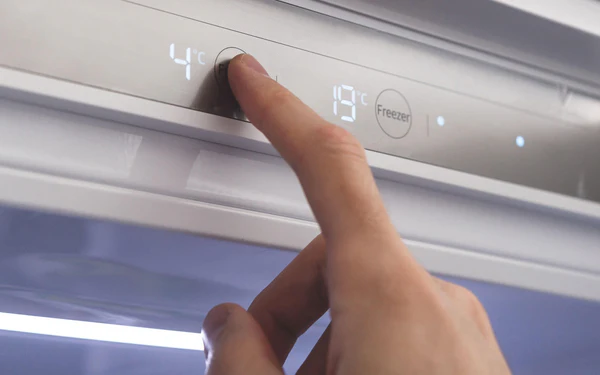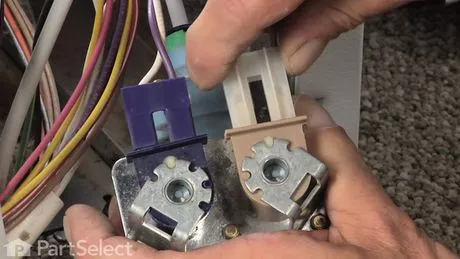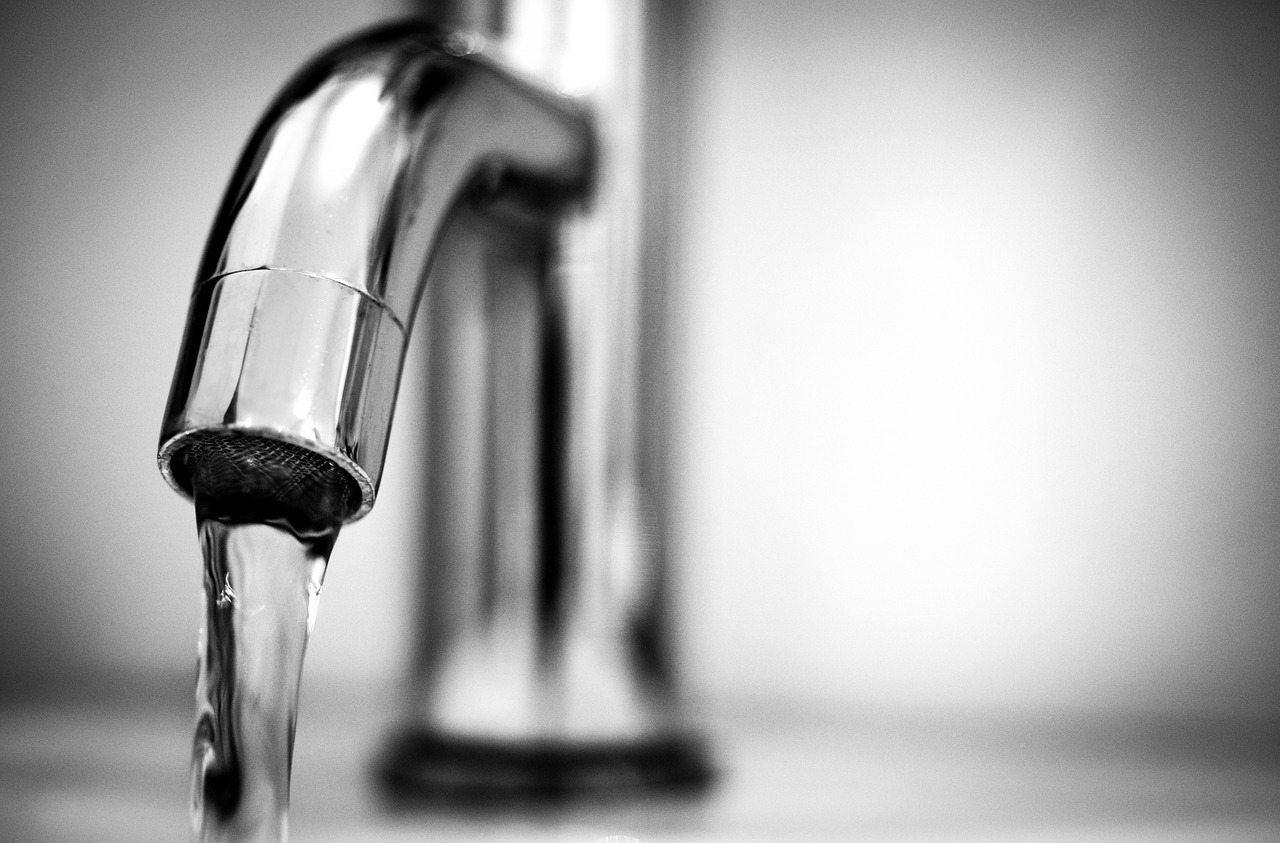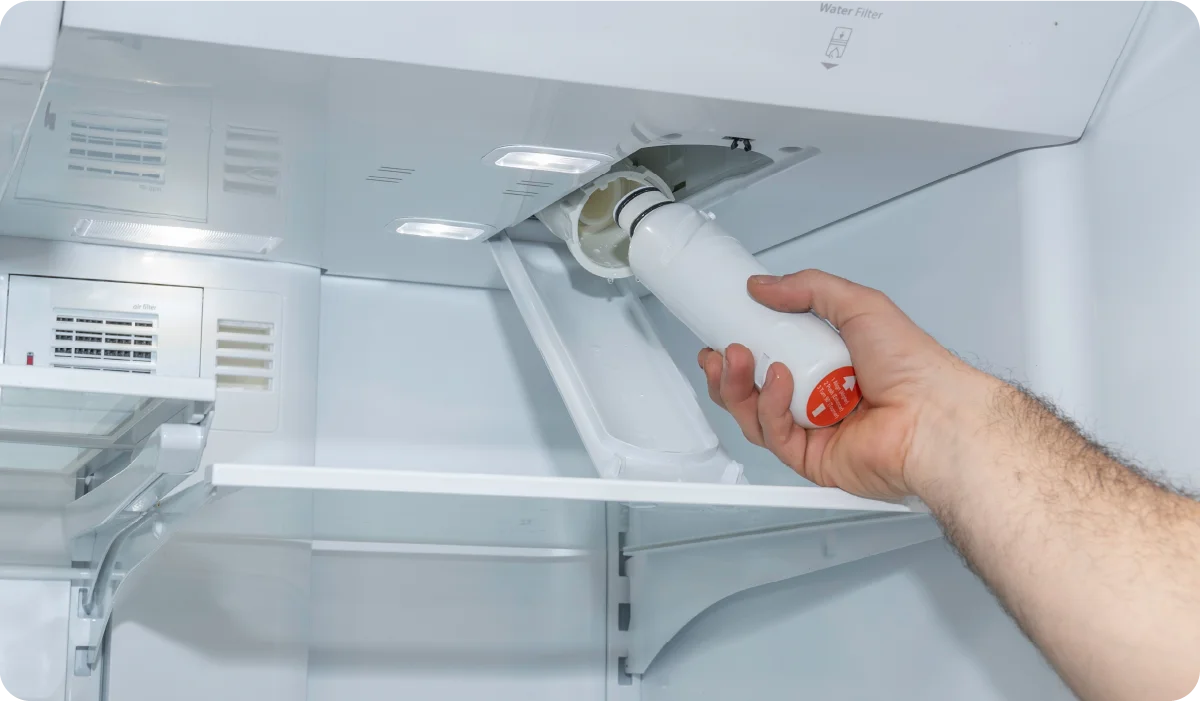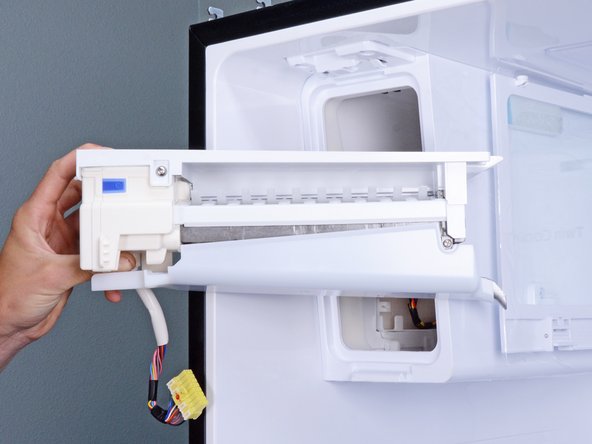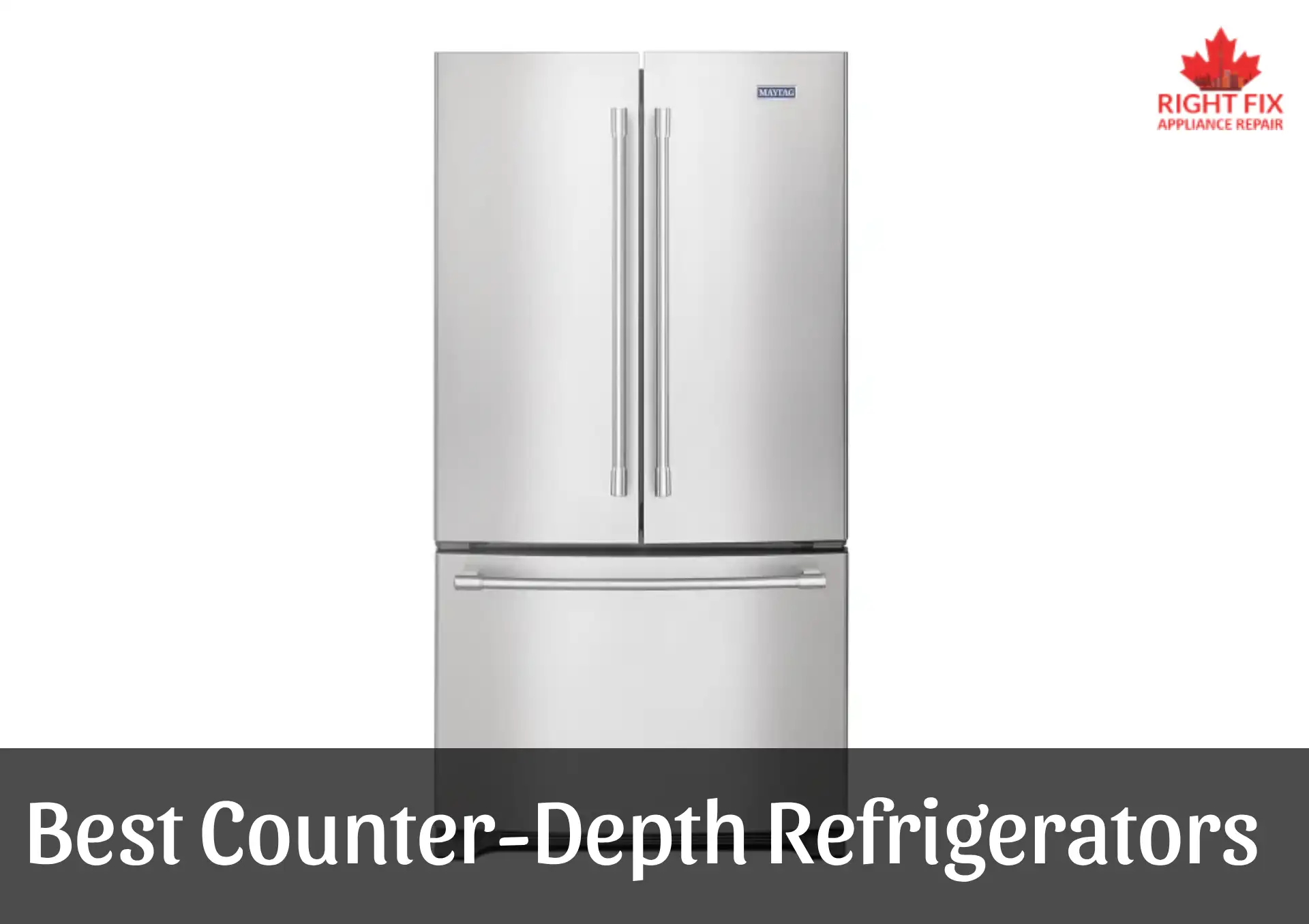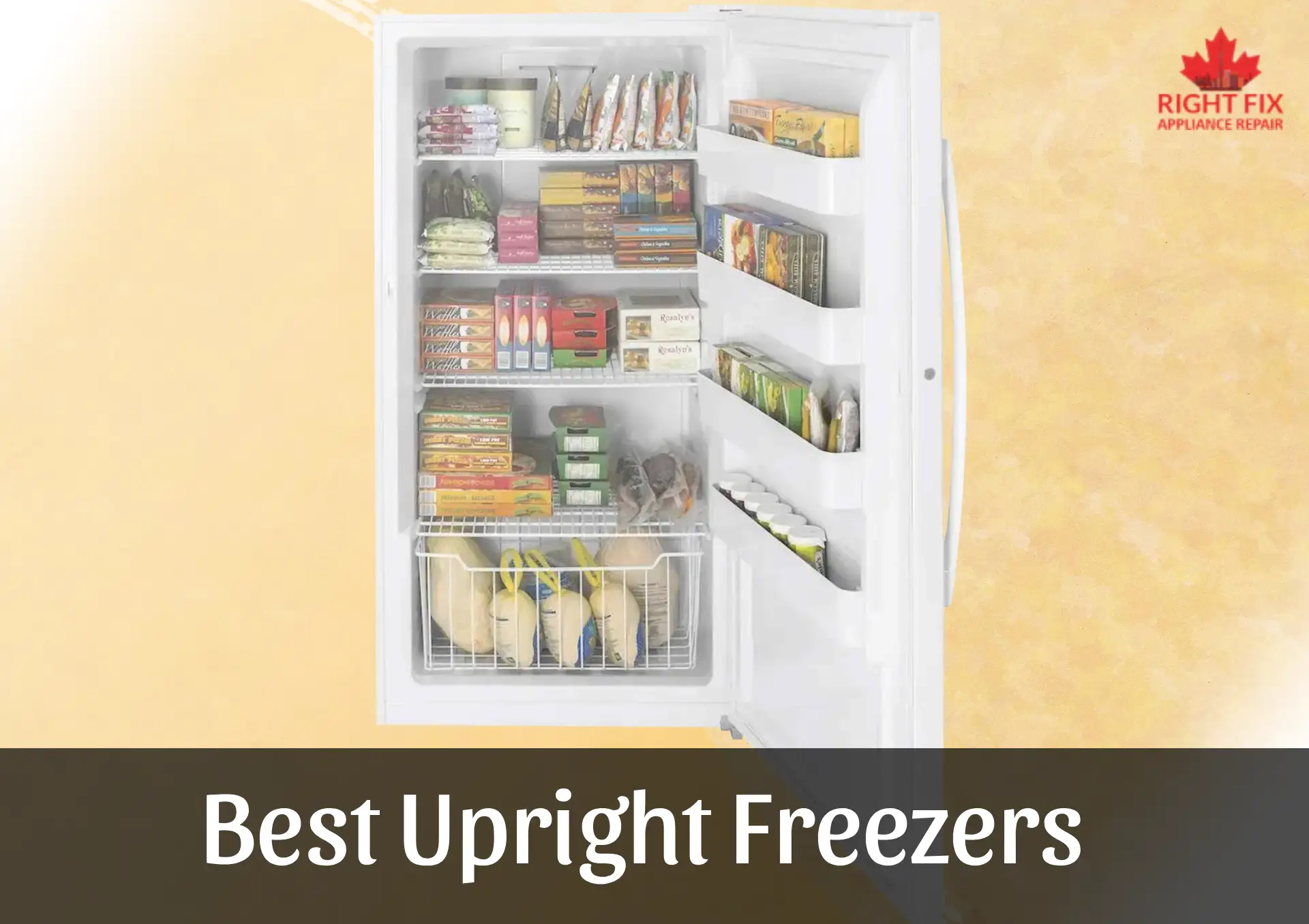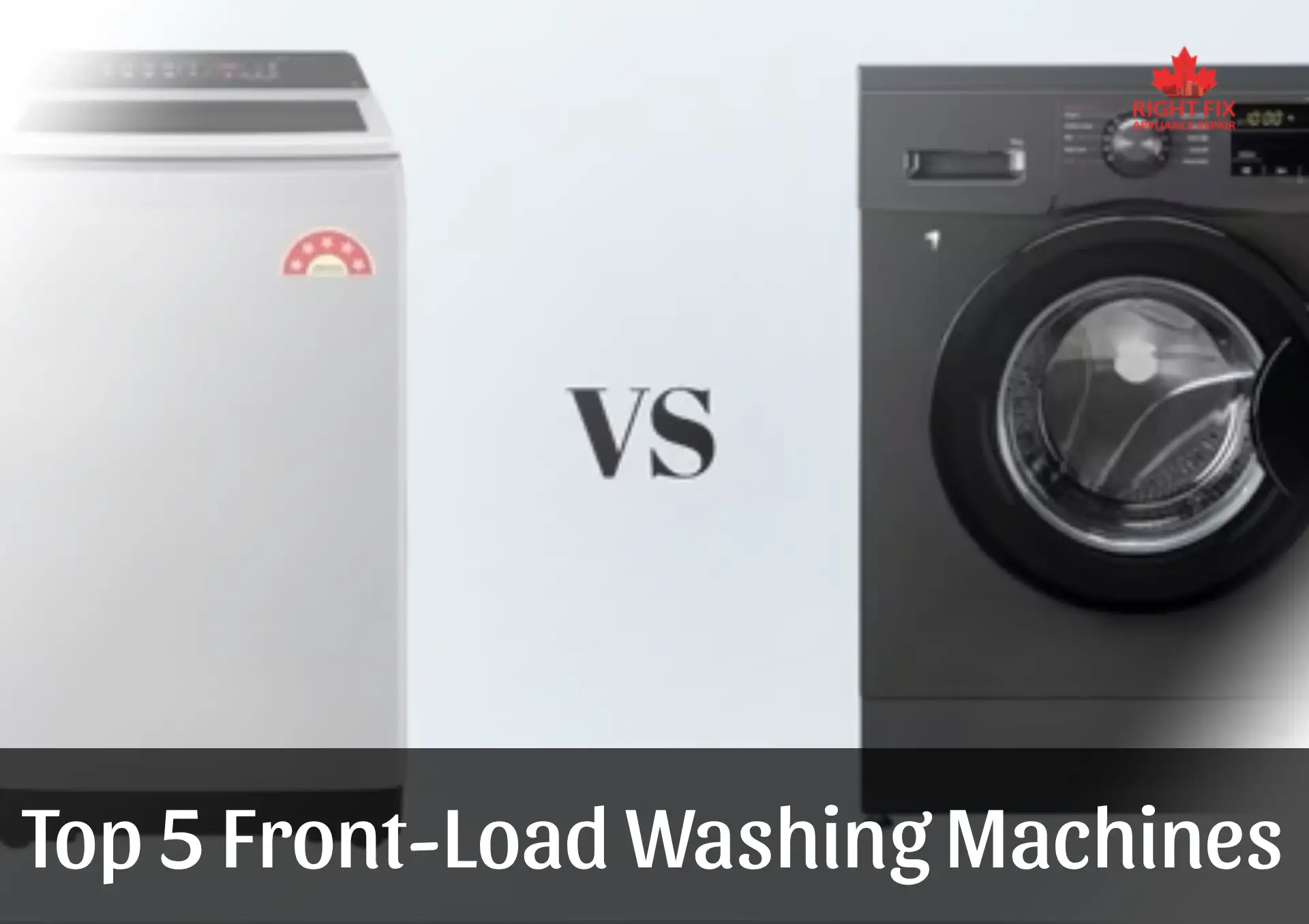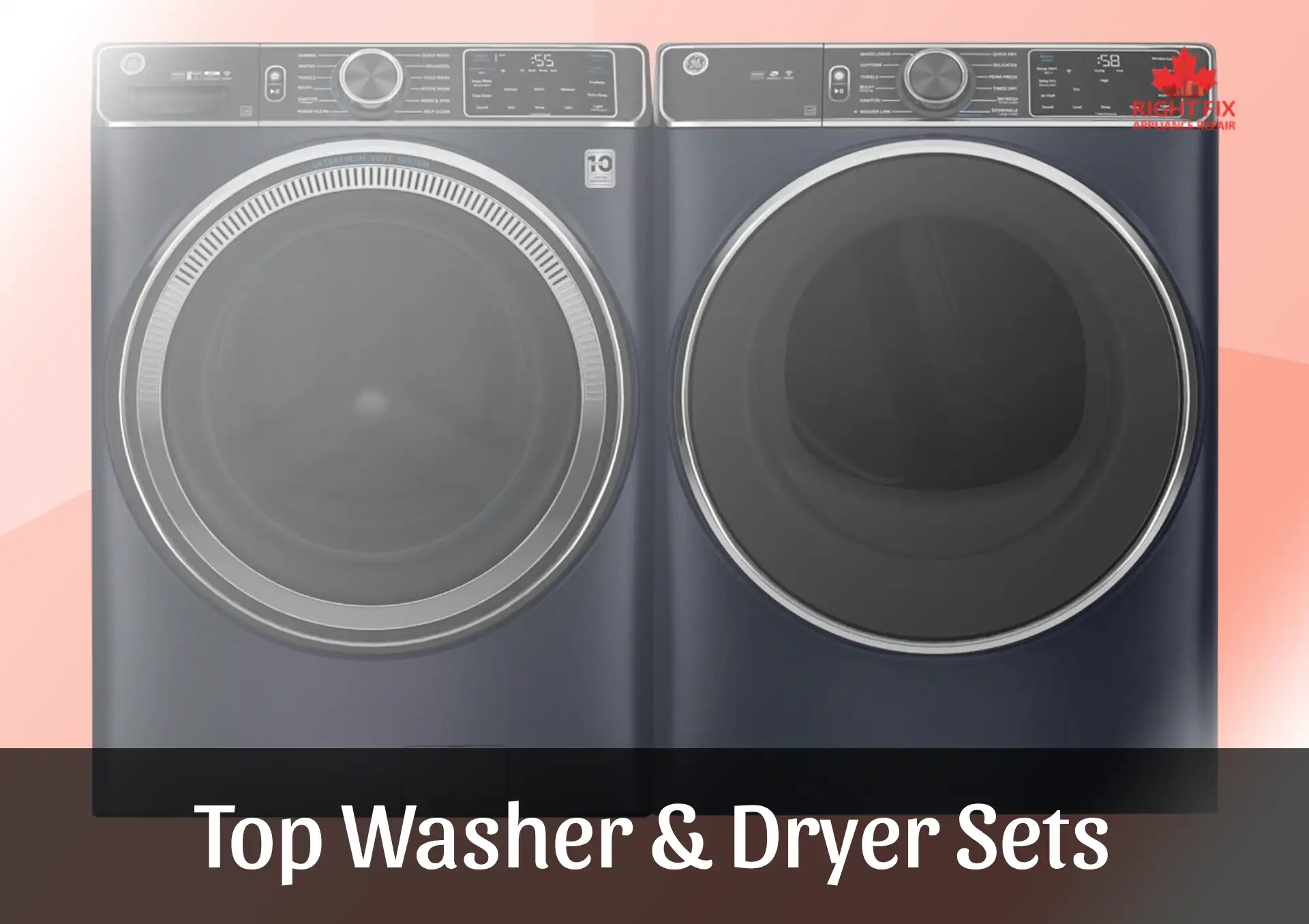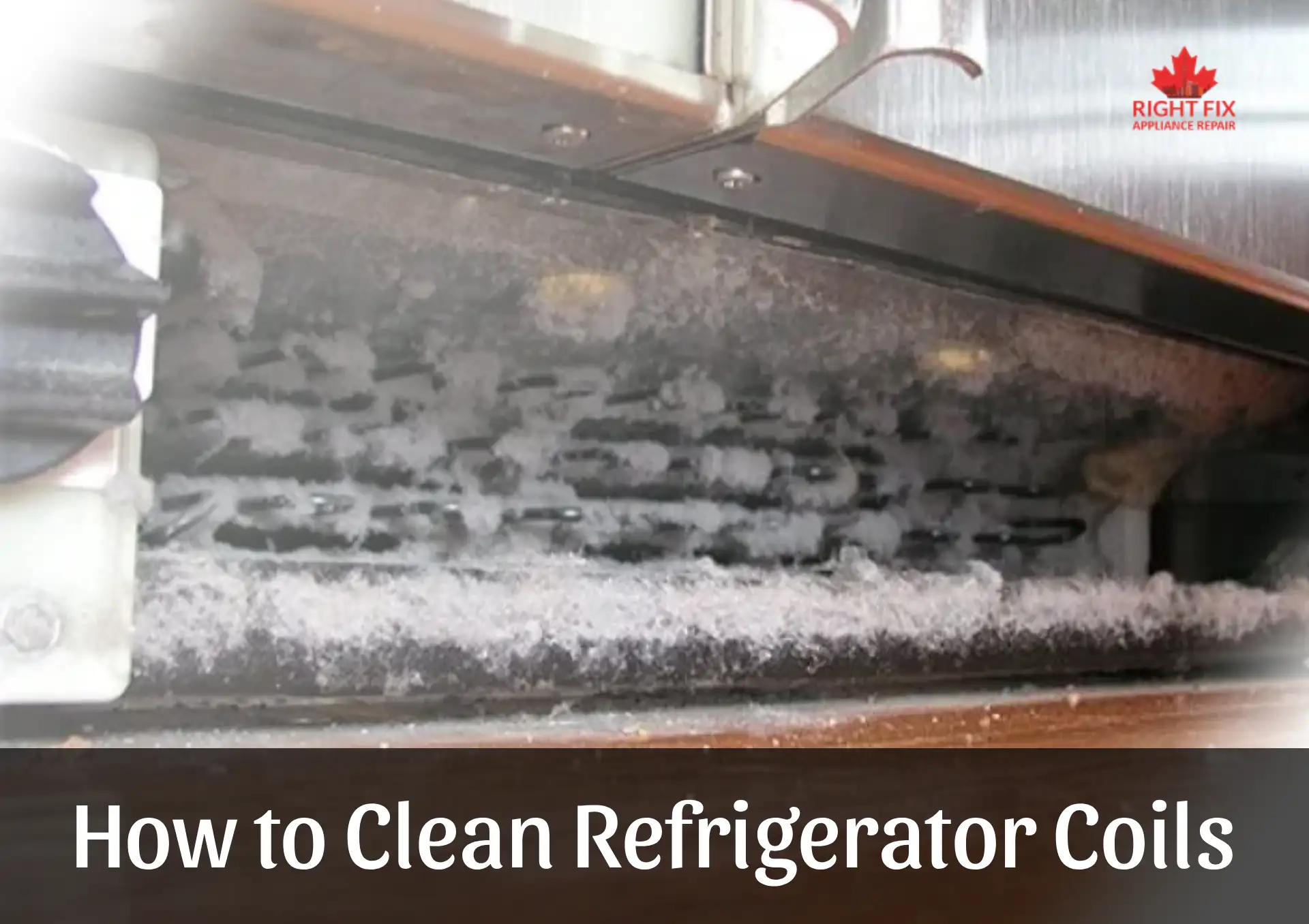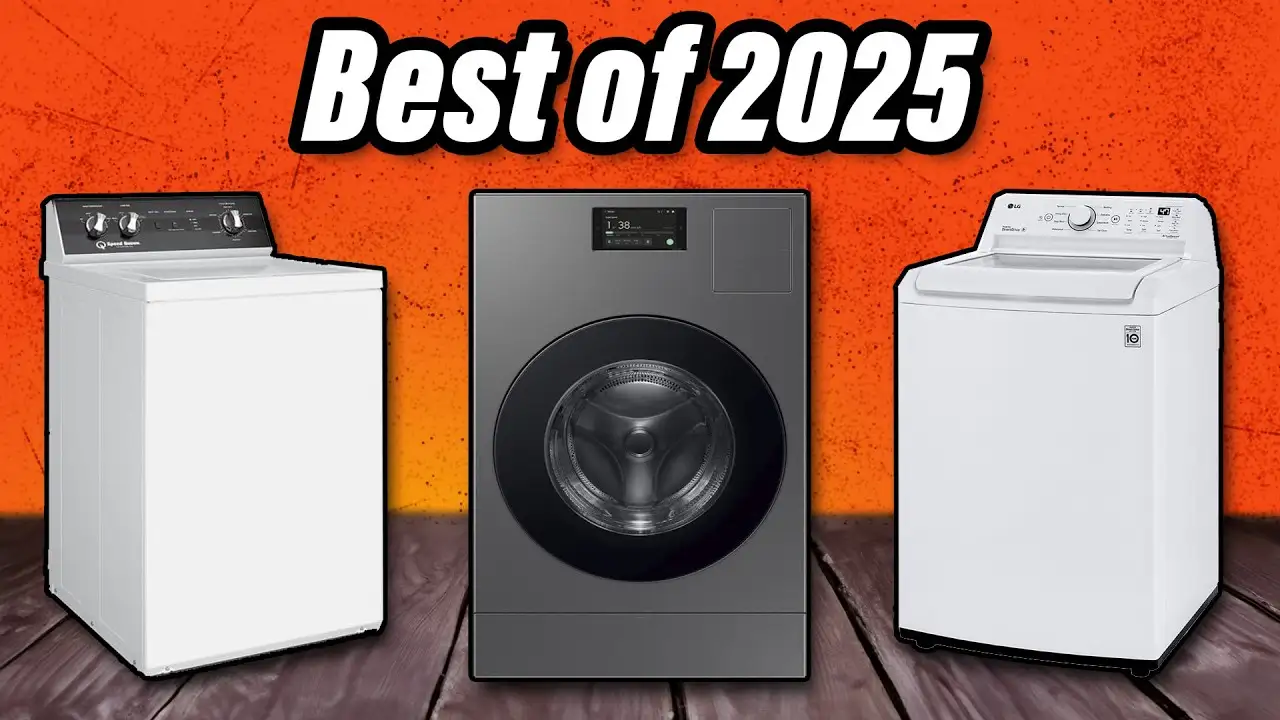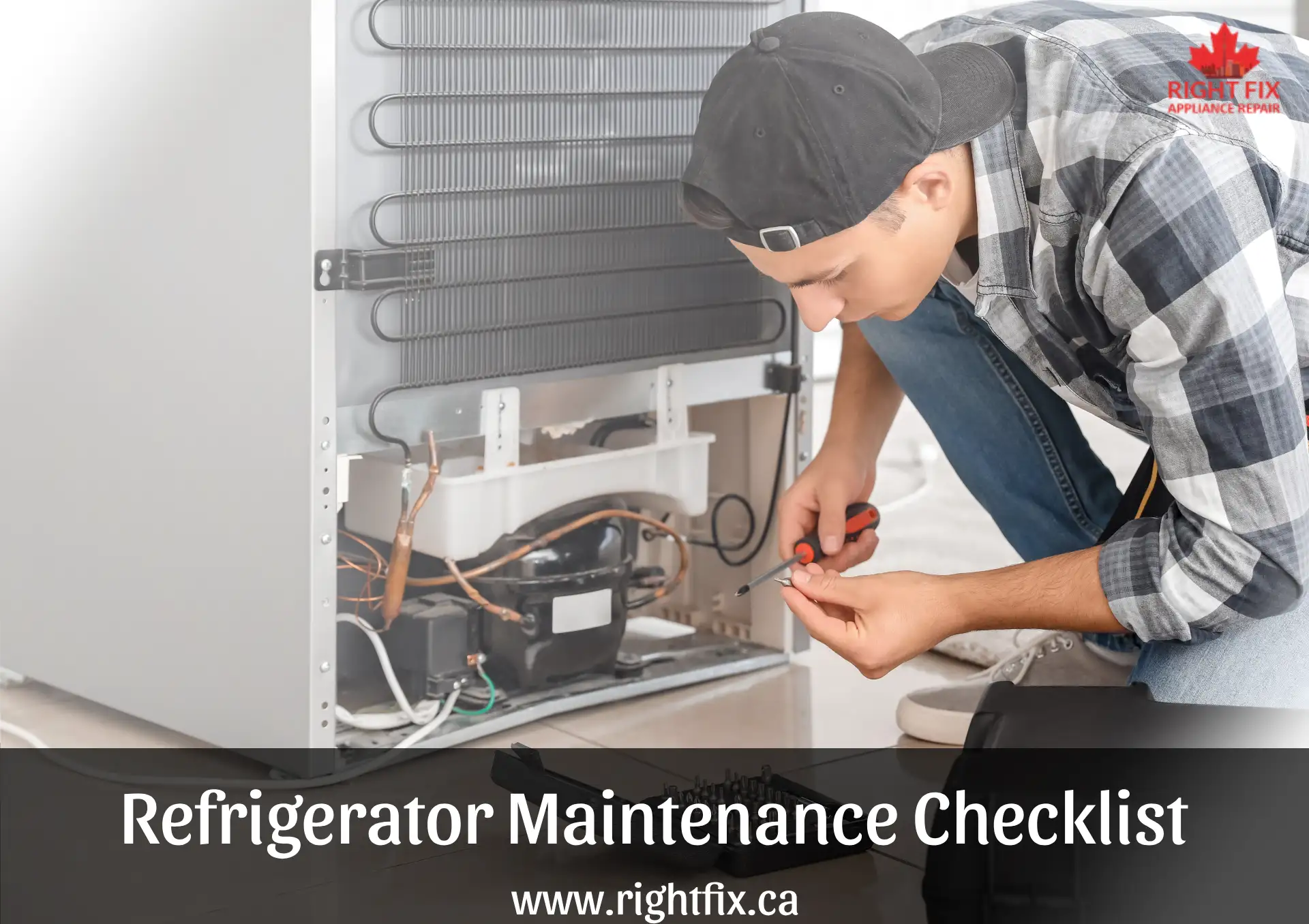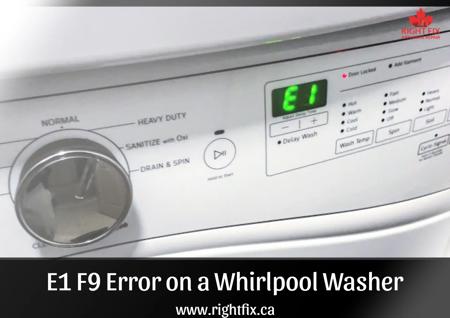Troubleshooting an Ice Maker Not Making Ice
It may be exasperating on the off chance that your refrigerator isn't turning out ice, especially assuming you rely upon it frequently. Whether you have a Frigidaire model, a flexible ice maker, or another ice chest, it's influential for track down the issue and have it revised. How about we take a gander at probably the most frequently happening reasons for an ice maker's non-execution and their answers. Contact a professional fridge repair technician from RightFix for assistance
5 Common Reasons: Ice Maker Not Making Ice
#1 – Freezer Temperature Too High
The most often occurring problem with an ice maker not producing ice is a too high freezer temperature. Low temperatures help ice producers freeze water and create ice cubes. If the temperature of your freezer be higher than 0°F (-18°C, the ice maker might not be able to generate ice.
Check the freezer's temperature to correct this; set it to 0°F (-18°C). Let the appliance settle over some time. If the temperature not drop, you could have to look for any problems in the thermostat or condenser coils.
#2- Defective Water Inlet Valve
Delivering water to the ice maker falls to the water entry valve. If this valve be faulty, the system will not get water, thus your ice machine will stop running. Often the culprit when an ice maker fails to produce ice is this.
Examine the water inlet valve for any damage or blockage to help to correct this. If you find any problems, a qualified technician could be needed.
#3- Low Water Pressure from Home Supply
Correct operation of your ice maker depends on a specific water pressure. If the water pressure from your house be low, the ice maker could find it difficult to create ice. Using a portable ice maker makes this very prevalent.
Look for any kinks or obstructions in the water line leading to the ice maker to help with this. Verify if the water supply valve is completely open. If the pressure be very low, you should think about calling a plumber to check the water line.
#4 – Clogged Water Filter
Additionally preventing your ice maker from running is a clogged water filter. A clogged filter limits water flow to the ice maker, therefore preventing freezing and filling of the ice maker. If your ice machine stop producing ice, this is a problem worth investigating.
If the water filter be clogged or past due for repair, remove and replace it to fix this. To keep everything working as it should, routinely replace the filter you use for your refrigerator model—about every six months.
#5 – Faulty Ice Maker Assembly
The ice maker will not be able to create ice if the assembly itself is defective. This can call for a broken ejector arm, damaged thermostat, or motor. When the ice maker cannot properly cycle or eject the cubes, it quits producing ice.
If you find obvious damage to the ice maker assembly, replacement could be necessary. Complex repairs like motor or thermostat replacement may call for expert repair services.
How to Fix of an Ice Maker Not Making Ice
How Long Does It Take to Make Ice in a New Refrigerator?
The ice maker may not begin delivering ice for anyplace somewhere in the range of 12 and 24 hours when you initially introduce another fridge. The model and the length of time the freezer must achieve the ideal temperature for ice manufacture determine the time it takes.
How Much Ice Should My Refrigerator Make?
An ice maker in an ordinary refrigerator generates three to four pounds of ice daily. That will change, though, depending on the model. Large homes would find high-capacity refrigerators perfect since they can generate up to 10 pounds every day.
Which Refrigerator Makes the Most Ice?
Models with larger production rates, such as some Frigidaire or Whirlpool models, should be taken under consideration if you are seeking for a refrigerator with most ice. Great for big families or regular use, these refrigerators are built to manage strong demand.
Why Is My Ice Maker Taking So Long to Make Ice?
Your ice maker might be making ice too leisurely for various reasons. Low water pressure, a clogged water filter, a high freezer temperature, or issues with the water inlet valve or ice maker assembly could all help to explain slow ice output. Review these areas to help to solve the problem.
Additional Tips for Ice Maker Troubleshooting
Here are some more things you should investigate should the aforementioned actions not fix the problem:
-
Condenser coils maintenance: Inadequate cooling brought on by dirty coils can reduce ice output. Clean the coils to raise performance.
-
Condenser fan functionality: if the fan fail, inadequate ventilation may result, therefore affecting the capacity of the freezer to retain low temperatures.
-
Ice production rate: Certain models offer changeable ice production rate settings. To be sure your refrigerator is set to the proper level, go to its manual.
These troubleshooting techniques should help you to identify and resolve the ice maker not producing ice problem. If the problem persists, consider contacting a professional repair technician from RightFix for assistance. More difficult problems include malfunctioning water inlet valves or faulty ice maker assembly can be diagnosed and fixed with our aid.
Is your refrigerator too cold? Learn why it happens and how to fix it with our expert tips: Refrigerator Too Cold. Keep your fridge at the perfect temperature with these simple solutions!
Location we Service
- Ajax
- Alliston
- Aurora
- Bolton
- Bradford
- Brampton
- Brantford
- Burlington
- Caledon
- Cambridge
- Concord
- East York
- Etobicoke
- Georgetown
- GTA
- Guelph
- Halton Hills
- Hamilton
- Innisfil
- Keswick
- King City
- Kitchener
- Kleinburg
- Maple
- Markham
- Milton
- Mississauga
- New Tecumseth
- Newmarket
- North York
- Oakville
- Orangeville
- Oshawa
- Pickering
- Richmond Hill
- Scarborough
- Schomberg
- Stouffville
- Thornhill
- Toronto
- Unionville
- Uxbridge
- Vaughan
- Waterloo
- Whitby
- Woodbridge




